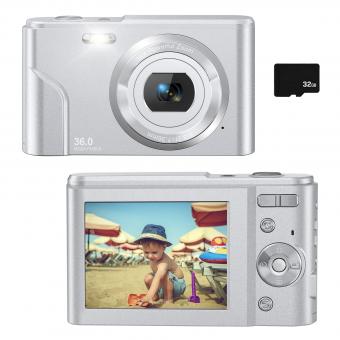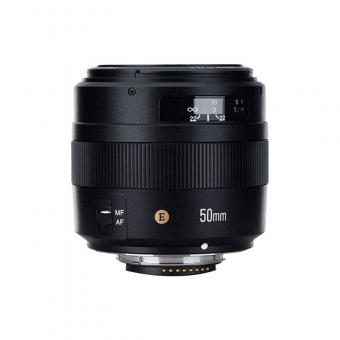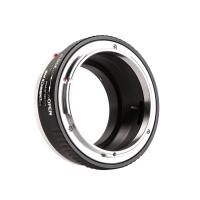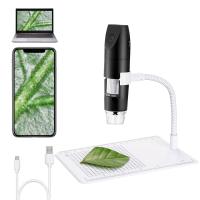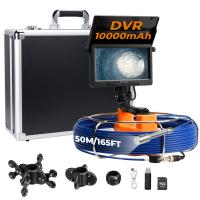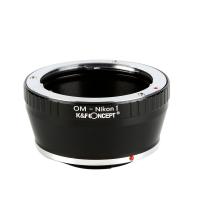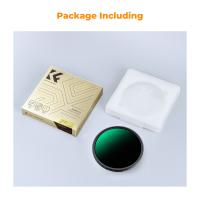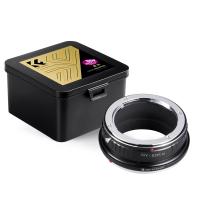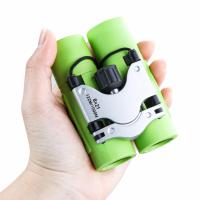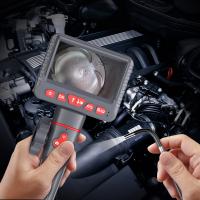Who Created The Digital Camera ?
The first digital camera was created by Steven Sasson, an engineer at Eastman Kodak, in 1975.
1、 - History of digital cameras
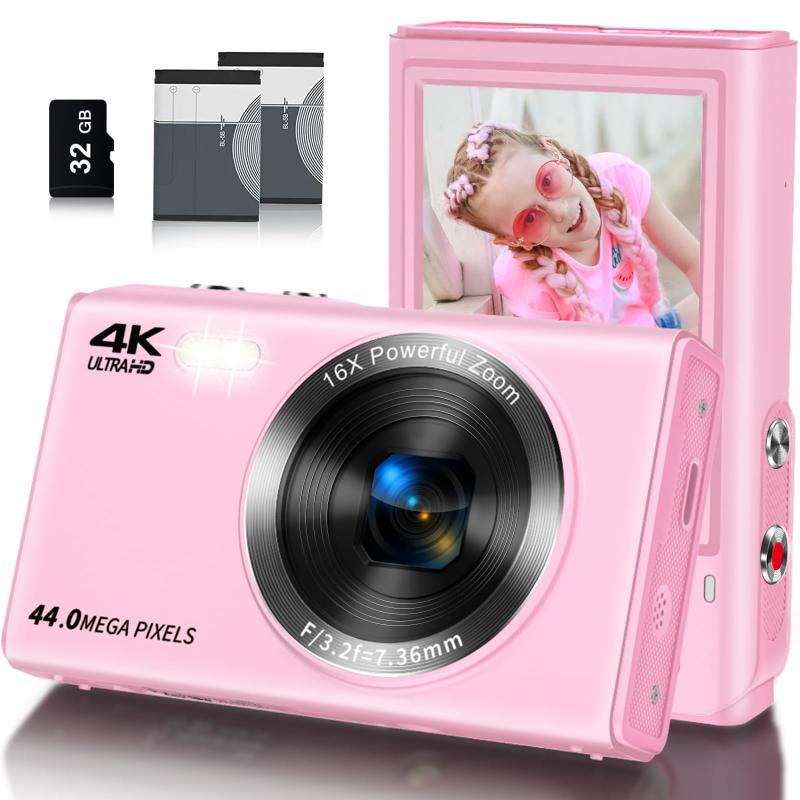
Who created the digital camera?
The first digital camera was invented by Steven Sasson, an engineer at Eastman Kodak, in 1975. Sasson's prototype camera weighed 8 pounds and recorded black and white images onto a cassette tape. It took 23 seconds to capture an image, and another 23 seconds to display it on a television screen. The resolution of the images was only 0.01 megapixels, but it was a groundbreaking invention that paved the way for the digital cameras we use today.
Over the years, digital cameras have evolved significantly. They have become smaller, lighter, and more powerful, with higher resolutions and faster processing speeds. Today, digital cameras are ubiquitous, and they are used for everything from capturing family memories to professional photography.
The latest point of view on digital cameras is that they are facing stiff competition from smartphones. With the rise of high-quality smartphone cameras, many people are opting to use their phones instead of a separate digital camera. However, there are still many advantages to using a dedicated camera, such as better image quality, more control over settings, and the ability to use interchangeable lenses.
Overall, the digital camera has come a long way since its invention in 1975. It has revolutionized the way we capture and share images, and it will continue to evolve as technology advances.
2、 - Early pioneers in digital camera technology
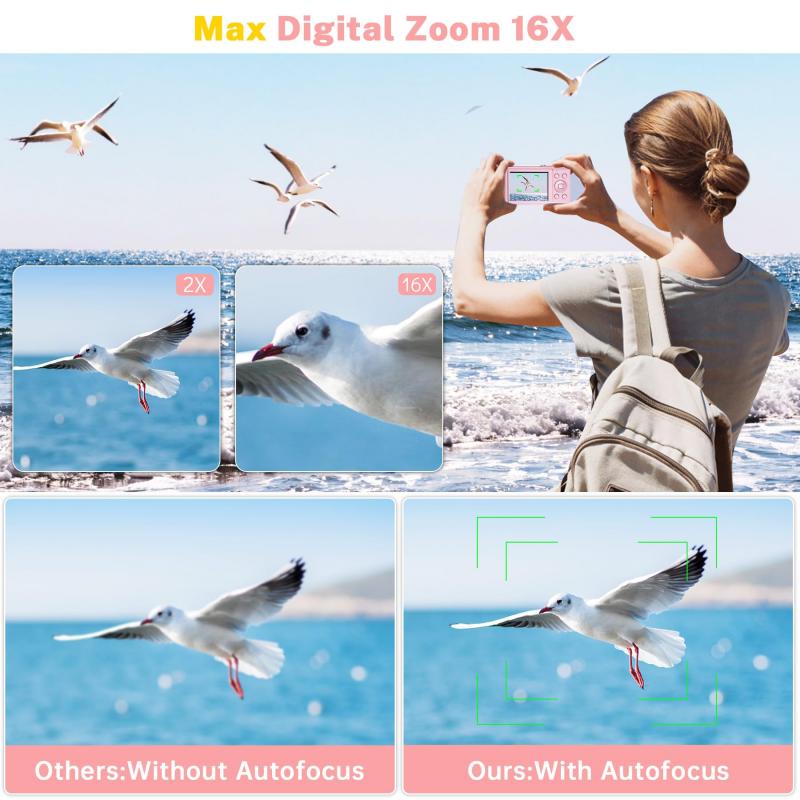
Early pioneers in digital camera technology include Steve Sasson, who invented the first digital camera while working at Kodak in 1975. The camera weighed 8 pounds and had a resolution of 0.01 megapixels. Sasson's invention was a game-changer, as it paved the way for the development of modern digital cameras.
Other notable pioneers in digital camera technology include Eugene F. Lally, who developed the first digital camera prototype in 1961, and Willard Boyle and George Smith, who invented the CCD (charge-coupled device) image sensor in 1969. The CCD image sensor is a key component of digital cameras, as it converts light into electrical signals that can be processed by a computer.
Since the early days of digital camera technology, there have been many advancements and innovations. Today, digital cameras are smaller, lighter, and more powerful than ever before. They offer high-resolution images, fast autofocus, and a range of features and settings that allow photographers to capture stunning photos in a variety of conditions.
In recent years, smartphone cameras have become increasingly popular, and many people now use their phones as their primary camera. However, dedicated digital cameras still have a place in the market, particularly for professional photographers and enthusiasts who demand the highest quality images and the most advanced features.
3、 - Steven Sasson and the first digital camera prototype

The digital camera was created by Steven Sasson, an electrical engineer at Eastman Kodak Company, in 1975. Sasson and his team developed the first digital camera prototype, which weighed about 8 pounds and had a resolution of 0.01 megapixels. The prototype used a CCD sensor to capture images, which were then stored on a cassette tape. The first digital camera was not commercially available until the 1990s, but it paved the way for the digital photography revolution that we see today.
Sasson's invention was a game-changer in the world of photography. Prior to the digital camera, photographers had to use film to capture images, which had to be developed in a darkroom. The digital camera allowed photographers to instantly see the images they had captured and make adjustments as needed. It also made it easier to share images with others, as they could be easily transferred to a computer or other device.
Today, digital cameras are ubiquitous and have continued to evolve. They are smaller, lighter, and have much higher resolutions than the first digital camera prototype. They also have a range of features, such as autofocus, image stabilization, and built-in Wi-Fi, that make them more versatile and user-friendly.
In conclusion, Steven Sasson and his team at Eastman Kodak Company created the first digital camera prototype in 1975, which revolutionized the world of photography. The digital camera has continued to evolve and is now an essential tool for photographers and everyday users alike.
4、 - Kodak's role in popularizing digital cameras

Who created the digital camera?
The first digital camera was invented by Steven Sasson, an engineer at Eastman Kodak, in 1975. Sasson's prototype weighed 8 pounds and had a resolution of 0.01 megapixels. It was not until the 1990s that digital cameras became commercially available, with Kodak playing a significant role in their development and popularization.
Kodak was one of the first companies to recognize the potential of digital photography and invested heavily in research and development. In 1986, Kodak released the first megapixel sensor, which paved the way for higher resolution digital cameras. In 1991, Kodak released the first professional digital camera, the DCS 100, which was based on a Nikon F3 film camera and cost $20,000.
Kodak continued to innovate in the digital camera market, releasing a range of consumer and professional cameras throughout the 1990s and 2000s. However, the company struggled to adapt to the rise of smartphones and the decline of traditional photography, and filed for bankruptcy in 2012.
Despite Kodak's decline, its role in popularizing digital cameras cannot be overstated. The company's early investment in digital photography helped to drive innovation and bring digital cameras to the mass market. Today, digital cameras are ubiquitous, and the vast majority of photos are taken with smartphones. However, the legacy of Kodak's pioneering work in digital photography lives on.










